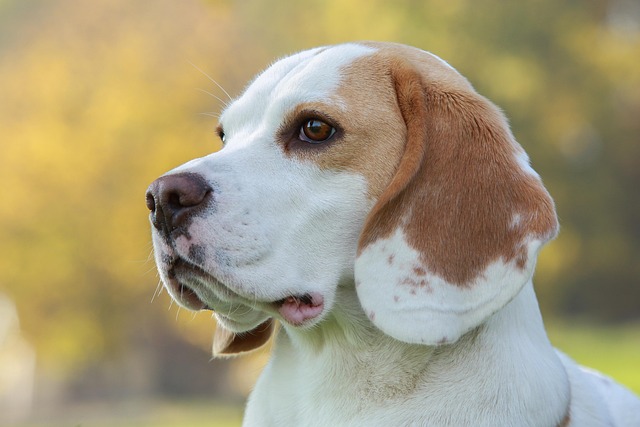
How to potty train a beagle?
Beagles are clever, curious, and blessed with a nose that can lead them astray faster than you can say “treat.” These traits make potty training a unique adventure—one that requires patience, consistency
So, you've got this fantastic new furry family member, full of energy and... maybe chewing your favorite shoes? You know you need to teach them, but what's the actual name for that process? Simply put, it's dog training. Think of it like helping your pup learn the user manual for living harmoniously in our human world. It’s not about domination, but clear communication and building mutual understanding. The core science behind effective training is operant conditioning – basically, behaviors that get rewarded (like a tasty treat or happy praise) tend to be repeated, while behaviors that don’t lead to anything rewarding tend to fade. It’s why using a clear marker word like "Yes!" the instant your dog sits, followed immediately by a reward, works wonders compared to vague or delayed praise.
Now, how do you actually do it? Start simple and be consistent. Picture teaching "sit." Hold a treat near your dog’s nose, slowly move it upwards and slightly back over their head. As their bottom naturally touches the floor, say "Yes!" and give the treat. Repeat! Keep sessions short (5-10 minutes), fun, and end on a success. Use high-value rewards – tiny bits of chicken or cheese often beat kibble. Remember, patience is key; every dog learns at their own pace. Crucially, this approach ties directly into our cultural values around animal welfare. Harsh corrections, yelling, or physical punishment (like alpha rolls or hitting) are not only ineffective long-term but are widely condemned and often illegal. They damage trust and can create fearful or aggressive dogs. Modern, ethical training is all about positive reinforcement techniques – rewarding the behaviors you want to see. Think of it as encouraging good choices rather than punishing mistakes.
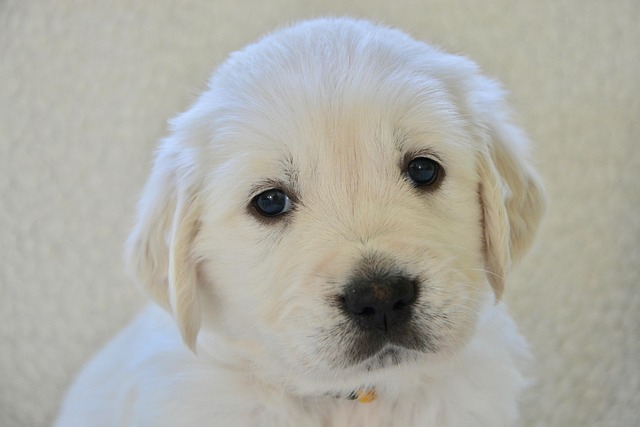
Of course, training isn't just about tricks; it’s deeply intertwined with responsible dog ownership and community living. Consider apartment dog etiquette. Teaching a solid "quiet" cue is essential when neighbors share walls. Providing appropriate chew toys prevents destructive boredom barking. A reliable recall ("come!") is vital not just for safety in parks, but also for respecting shared spaces and avoiding conflicts with other dogs or people enjoying the area. This seamlessly connects to broader compliance requirements. Keeping up-to-date on rabies vaccinations and local licenses isn't just good sense; it's the law across the US and EU. Always, always carry bags and immediately clean up after your dog – leaving poop behind isn't just gross, it's disrespectful and carries fines in most municipalities. Leash laws are equally important; even if your dog is friendly, not everyone (human or canine) wants an unexpected greeting, and unleashed dogs in non-designated areas risk accidents or legal trouble. Be mindful of access rules too; not every patio café or store allows dogs, unlike your local pet-friendly hardware store. Understanding and practicing these community responsibilities makes you a good neighbor and ensures positive experiences for everyone during your walks or trips to the vet.
Ultimately, teaching your dog – through patient, positive dog training basics – is about building a joyful, safe, and respectful partnership. It’s the foundation for a well-adjusted canine companion who understands the house rules, behaves politely on city sidewalks or country trails, and enriches your life as a true member of the family and the wider community. Grab those treats, keep it positive, and enjoy the journey together!

Beagles are clever, curious, and blessed with a nose that can lead them astray faster than you can say “treat.” These traits make potty training a unique adventure—one that requires patience, consistency
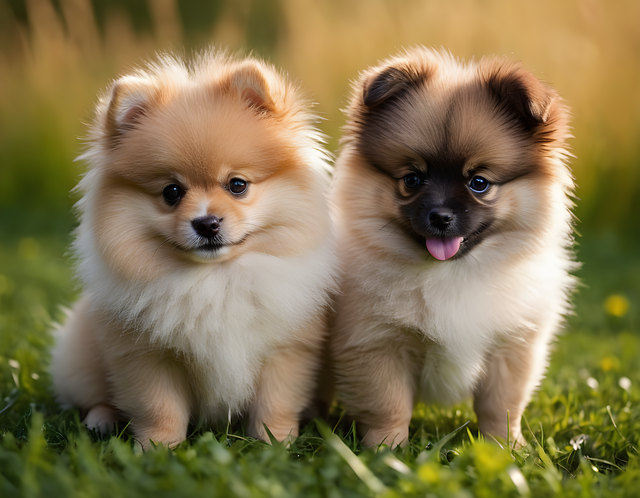
Dogs rely on scent and routine to decide where to relieve themselves, but getting them to stick to a single spot can save you from endless carpet cleanups or awkward neighbor chats.
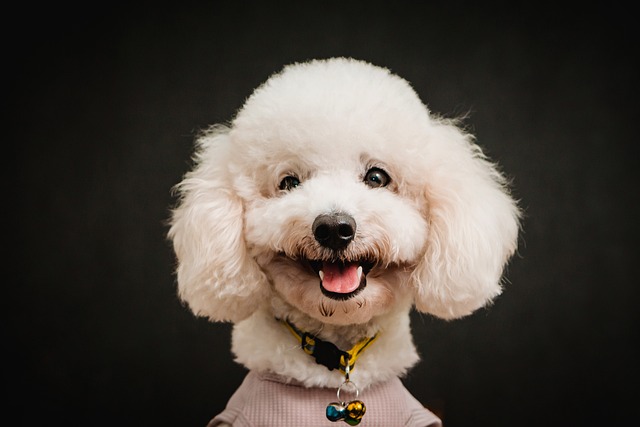
Potty training a teacup poodle isn’t a race, but most owners want a rough timeline. These tiny pups, weighing just 4-6 pounds when full grown, have unique challenges—their small bladders mean they can’t hold it as long as larger breeds.

You’ve just welcomed that adorable Golden Retriever puppy into your Brooklyn apartment, only to discover your hands now resemble Swiss cheese
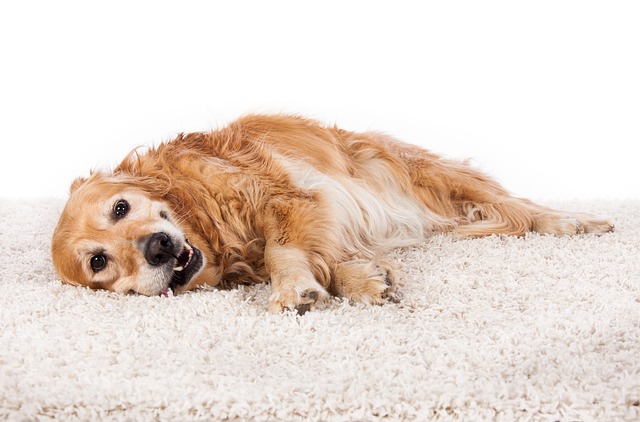
That heart-pounding moment when your rescue terrier snaps at the delivery driver’s ankle, or your puppy’s playful mouthing leaves scratches on your toddler’s hand – it’s terrifying.
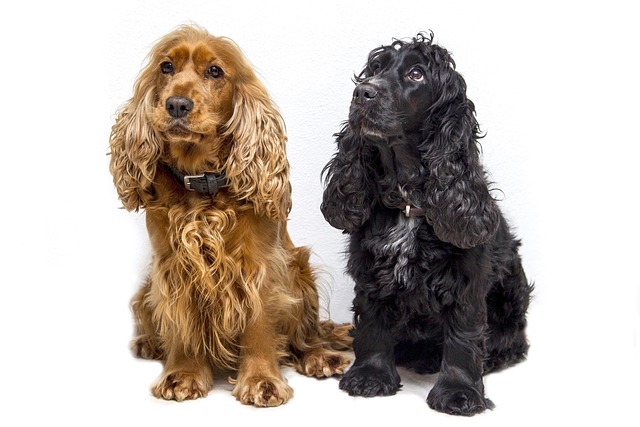
Cocker Spaniel’s wagging tail and eager eyes make them a joy to be around—but that same enthusiasm can turn into a problem when they dart after a passing cyclist or vanish into a bush.